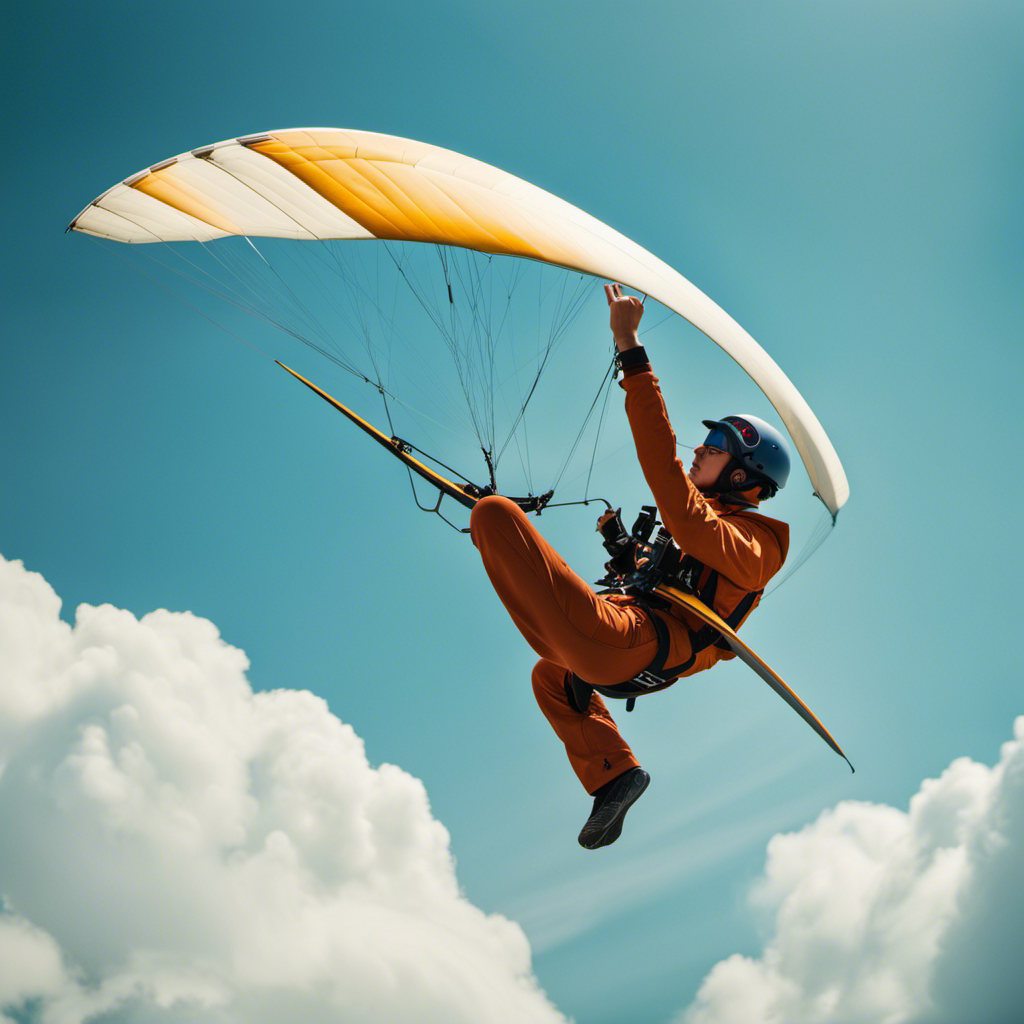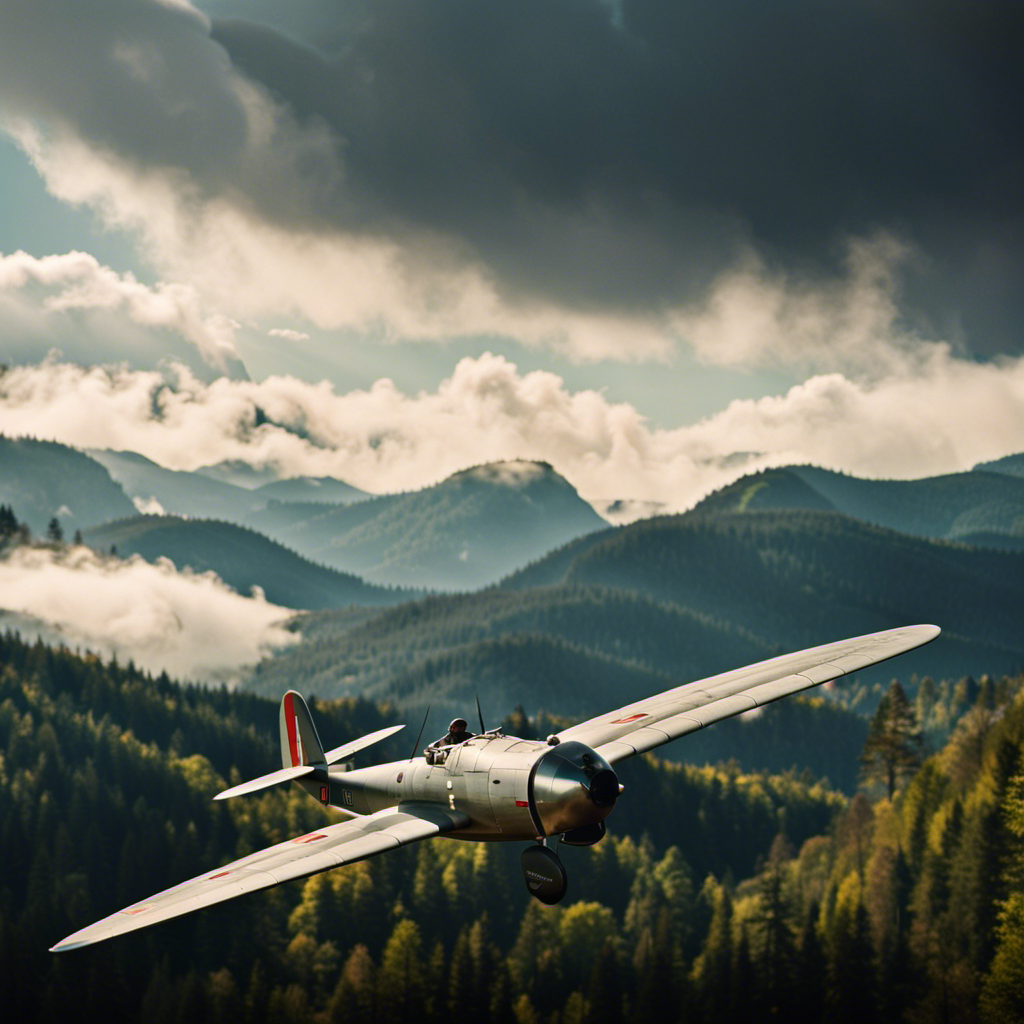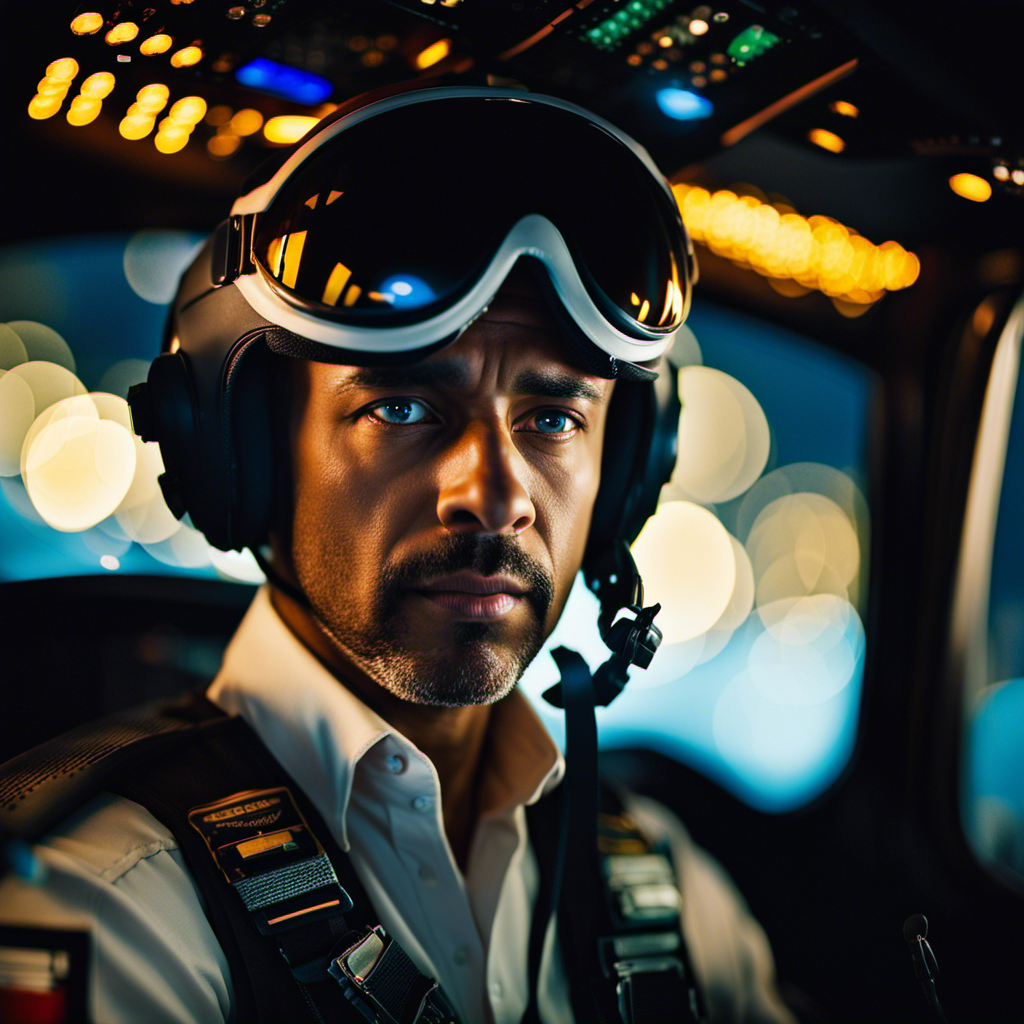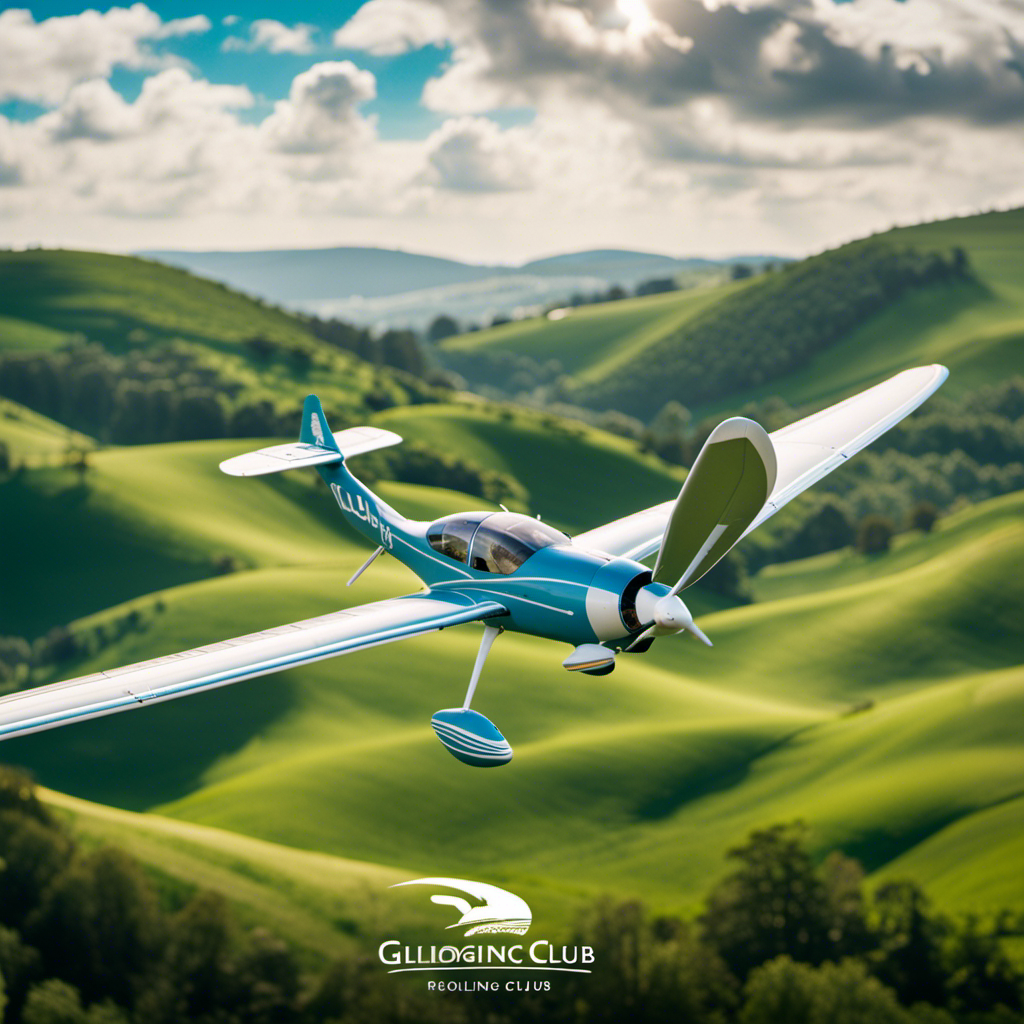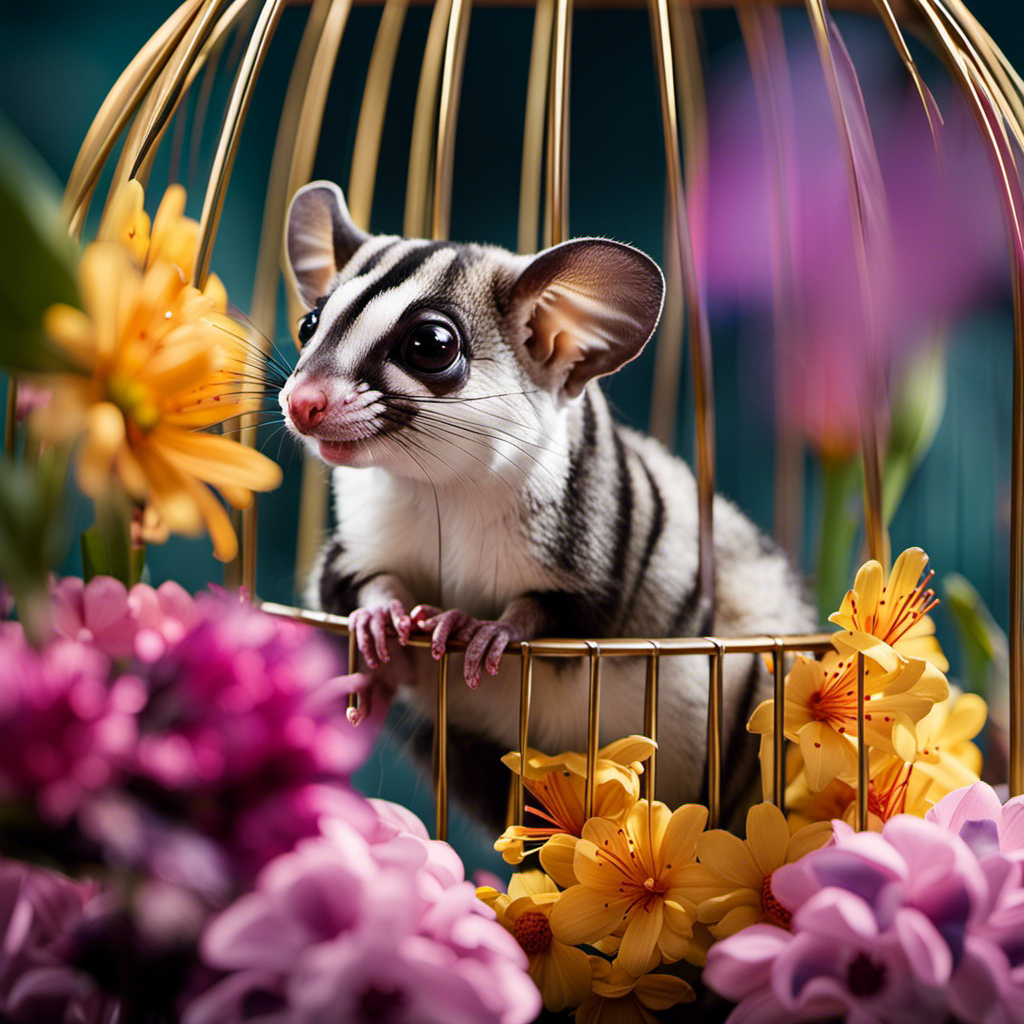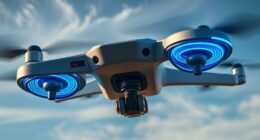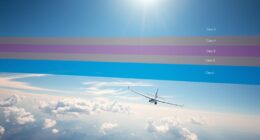You may feel overwhelmed by the idea of starting your journey to become a student glider pilot. But rest assured, with the right guidance and a true passion for aviation, reaching this goal is definitely possible.
In this article, I’ll walk you through the steps to transform your curiosity into a skill. From researching gliding clubs to obtaining a student pilot certificate, we’ll cover everything you need to know to take to the skies as a student glider pilot.
So let’s get started!
Key Takeaways
- Study and understand the glider pilot’s handbook, FAA regulations, and relevant materials
- Gain flight experience with an instructor and apply knowledge in practical scenarios
- Progress through solo flights to refine techniques and gain confidence and independence
- Demonstrate proficiency in various flight techniques to obtain the glider pilot license
Research Gliding Clubs in Your Area
Before you start researching gliding clubs in your area, make sure you have a clear understanding of the requirements and costs associated with becoming a student glider pilot.
As someone with experience in the aviation field, I can tell you that joining a glider club is a crucial step in pursuing your passion for flying. Glider club membership offers numerous benefits, such as access to training facilities, experienced instructors, and a supportive community of fellow aviators.
By exploring the various aviation opportunities provided by glider clubs, you can gain valuable knowledge and skills necessary for becoming a successful glider pilot.
Once you have a solid understanding of what it takes to become a student glider pilot, you can then move on to scheduling a discovery flight, where you can experience the thrill of gliding firsthand.
Schedule a Discovery Flight
To schedule a Discovery Flight, you can simply contact a local glider club or flight school. This introductory flight is an excellent way to experience the thrill of gliding and learn more about becoming a student glider pilot.
During the Discovery Flight, you will have the opportunity to fly in a glider with a certified glider instructor. This experience will give you a taste of what it’s like to pilot a glider and allow you to assess if this is the right path for you.
Not only will you enjoy the incredible sensation of soaring through the sky, but you will also have the chance to ask questions and gain valuable insights from a seasoned glider instructor.
Once you’ve completed your Discovery Flight and experienced the benefits of gliding firsthand, you can transition into the next phase of your journey: enrolling in a glider pilot training program.
Enroll in a Glider Pilot Training Program
When enrolling in a glider pilot training program, you’ll have the opportunity to learn from experienced instructors and gain the necessary skills to soar through the sky on your own. It’s important to understand the glider pilot license requirements and the costs associated with glider pilot training.
Here are three key factors to consider:
-
License Requirements: To obtain a glider pilot license, you’ll need to meet certain criteria, including a minimum age requirement and passing a medical examination. Additionally, you’ll need to complete a specified number of flight hours and pass both written and practical exams.
-
Training Cost: The cost of glider pilot training can vary depending on factors such as location, flight school, and the number of flight hours required. It’s important to research different training programs and consider all associated costs, including instruction fees, aircraft rental, and study materials.
-
Financial Assistance: If the cost of glider pilot training is a concern, there may be options for financial assistance, such as scholarships or financing programs. Researching and exploring these opportunities can help make your training more affordable.
By understanding the license requirements and costs associated with glider pilot training, you can make an informed decision and plan accordingly.
Once you have completed your training and obtained a student pilot certificate…
Obtain a Student Pilot Certificate
Once you’ve fulfilled the necessary requirements, you can obtain your certificate and begin your journey towards becoming a licensed glider pilot.
Before diving into the exciting world of glider flying, it is essential to conduct thorough research on pilot training programs. Look for reputable schools or clubs that offer comprehensive glider pilot training.
Finding a qualified flight instructor is crucial to your success as a student glider pilot. An experienced instructor will provide you with the necessary knowledge and skills to safely operate a glider. They will guide you through the entire training process, from ground school to actual flight lessons.
By obtaining your student pilot certificate, you are taking your first step towards mastering the basics of glider operation and safety.
It is time to delve into the exhilarating journey of becoming a glider pilot.
Learn the Basics of Glider Operation and Safety
As you learn the basics of operating a glider and ensuring safety, it’s important to understand the key principles of aerodynamics and how they pertain to glider flight. Here are some essential things to keep in mind:
-
Glider safety equipment: Before taking to the skies, familiarize yourself with the safety equipment on board, such as parachutes, emergency locator transmitters, and fire extinguishers. Knowing how to use them properly can make a crucial difference in an emergency situation.
-
Glider aerodynamics: Understanding the principles of lift, drag, and weight distribution is vital for maneuvering a glider effectively. Learn about wing design, center of gravity, and how control surfaces like ailerons and elevators affect the aircraft’s behavior.
-
Weather conditions: Always check the weather forecast before flying. Wind speed, gusts, and thermal activity can significantly impact glider performance and safety.
-
Emergency procedures: Be knowledgeable about emergency procedures like spin recovery, stall recovery, and how to handle sudden changes in weather conditions.
-
Pre-flight inspections: Regularly inspect your glider for any signs of wear and tear, ensuring that all components are in proper working order.
Practice Ground Handling and Flight Maneuvers
To prepare for flight maneuvers, it’s essential to practice ground handling skills and become familiar with the glider’s controls. Ground handling techniques are crucial for ensuring safe takeoffs and landings, as well as maintaining control of the glider on the ground. By practicing these techniques, such as properly positioning the glider on the runway, using the correct wing-walking procedures, and understanding the effects of wind on the aircraft, a student glider pilot can develop the necessary skills for successful flight operations.
Additionally, flight maneuver practice is key to becoming a proficient glider pilot. This includes practicing turns, climbs, descents, and stalls. By mastering these maneuvers, a pilot can improve their ability to control the glider and respond effectively to different flight situations. Regular practice will also enhance their understanding of the glider’s performance capabilities and limitations.
In order to progress in becoming a glider pilot, the next step is to take written and practical exams to demonstrate knowledge and proficiency in glider operations.
Take Written and Practical Exams
Passing the written and practical exams is an important step in demonstrating proficiency and knowledge in glider operations.
To prepare for the written exam, I recommend studying the glider pilot’s handbook, FAA regulations, and any other relevant study materials. It’s crucial to understand aerodynamics, meteorology, airspace regulations, and navigation. Additionally, take advantage of practice exams and review any areas where you may be struggling.
When it comes to the practical exam, it’s essential to be well-prepared and confident in your skills. Practice the required flight maneuvers, such as takeoffs, landings, turns, and emergency procedures. Pay attention to details such as proper checklist usage, radio communications, and maintaining situational awareness.
Lastly, remember that passing the exams is just the beginning. It’s time to gain flight experience with an instructor, further honing your skills and knowledge in the glider.
Gain Flight Experience with an Instructor
After successfully passing the written and practical exams, it’s time to gain flight experience with an instructor. Flight training is a crucial step in becoming a student glider pilot, as it provides hands-on experience and allows you to apply the knowledge you’ve gained.
Under the guidance of an experienced instructor, you’ll learn the fundamentals of glider flight, including takeoffs, landings, and maneuvering. They will teach you how to read the wind, control the aircraft, and make safe decisions in the air. With their expert guidance, you’ll develop the necessary skills and confidence to navigate the skies.
This phase of training is invaluable, as the instructor’s feedback and guidance will shape your flying abilities. As you progress through this stage, you’ll be prepared for the next exciting milestone: solo flight and progressing to higher ratings.
Solo Flight and Progress to Higher Ratings
Once you have gained flight experience with an instructor, you’ll be ready to take the next step: solo flight and progressing to higher ratings.
Solo flight experience is a crucial part of becoming a skilled glider pilot. It allows you to put into practice the knowledge and skills you have acquired under the guidance of your instructor.
During solo flights, you will have the opportunity to refine your techniques and develop a greater sense of confidence and independence in the air.
As you gain more experience, you can start exploring advanced flight techniques such as soaring, thermalling, and cross-country flying. These skills are essential for obtaining your glider pilot license, which will open up a world of exciting opportunities for you to explore the skies on your own terms.
Obtain Your Glider Pilot License
To obtain your glider pilot license, you’ll need to demonstrate your proficiency in various flight techniques. It’s an exhilarating journey that opens up a world of possibilities for glider pilot career opportunities.
Here are some emotional responses that may come to mind when considering the benefits of glider pilot training:
-
Freedom: Soaring through the skies, feeling weightless, and experiencing the pure joy of flight can evoke a sense of freedom like no other.
-
Connection to nature: Gliding silently through the air allows you to appreciate the beauty of the world from a unique perspective, fostering a deep connection with nature.
-
Personal growth: Learning to pilot a glider requires discipline, focus, and determination. The sense of accomplishment that comes from mastering new skills and overcoming challenges is deeply rewarding.
Embarking on this journey not only opens doors to exciting career opportunities but also offers a transformative experience that will stay with you for a lifetime.
Frequently Asked Questions
Are there any age restrictions to become a student glider pilot?
Yes, there are age restrictions to become a student glider pilot. The minimum age requirement is usually around 14 or 16 years old, depending on the country. The training duration can vary, but it typically takes several months to complete.
What is the average cost of enrolling in a glider pilot training program?
The average cost of enrolling in a glider pilot training program varies depending on the duration and location. However, there are scholarship opportunities available to help offset the expenses and make it more accessible to aspiring pilots.
How long does it typically take to obtain a student pilot certificate?
Obtaining a student pilot certificate typically takes an average time of a few months. The process steps involve completing ground school, passing a written exam, receiving flight instruction, and passing a practical test.
Can I become a glider pilot if I wear glasses or contact lenses?
Oh, don’t worry about wearing glasses or contacts. As a glider pilot, perfect vision is completely overrated. Who needs to see clearly when soaring through the sky? Just kidding, good vision is essential.
Are there any physical fitness requirements to become a student glider pilot?
There are no specific physical fitness requirements to become a student glider pilot, but it is important to be in good health and have no medical restrictions that could affect your ability to fly safely.
Conclusion
In conclusion, becoming a student glider pilot is an exhilarating journey that requires dedication and passion. As someone who has experienced the thrill of soaring through the skies, I can assure you that it is worth every moment of hard work.
Did you know that glider pilots have achieved record-breaking flights, with the longest distance covered without an engine being a staggering 2,505 kilometers? This statistic demonstrates the incredible capabilities of glider pilots and the limitless possibilities that await those who embark on this adventure.
So, if you’re ready to spread your wings and soar to new heights, don’t hesitate to pursue your dreams of becoming a student glider pilot.
